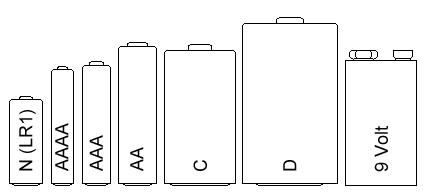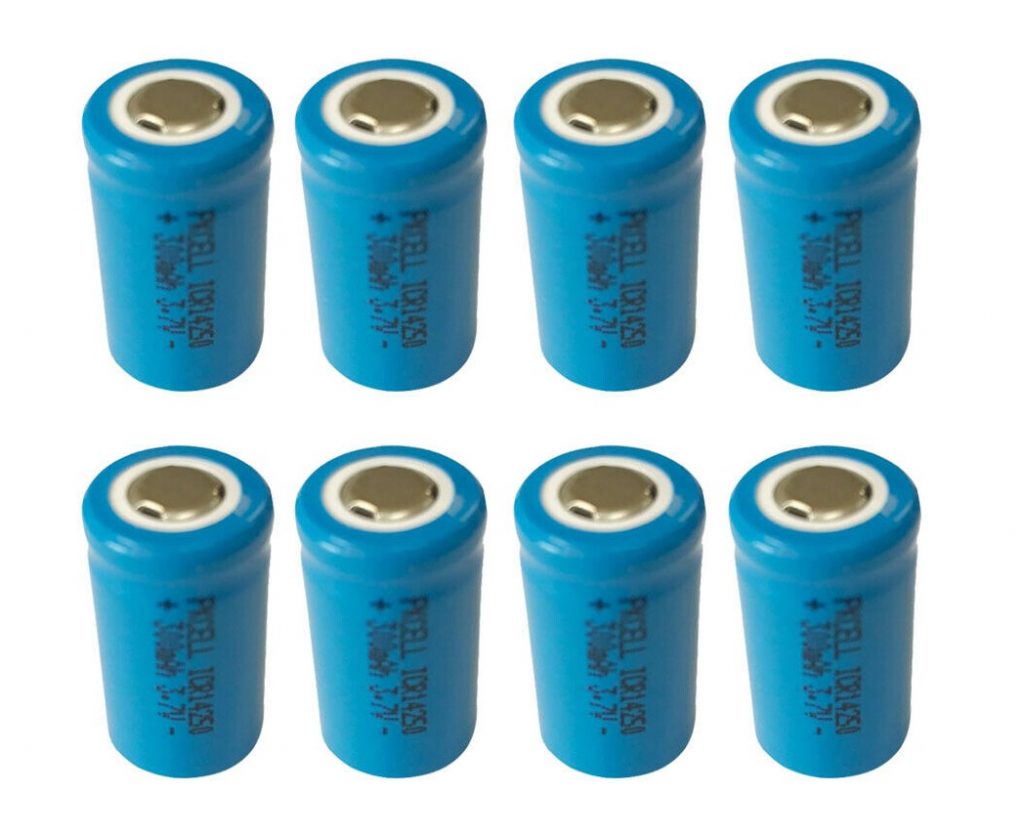Like many households we actively embrace recycling, sorting our routine household waste into (i) garden and kitchen waste (i.e. uneaten food), (ii) glass (jars, bottles etc), (iii) other recyclables (paper, card, tins, some plastics) and (iv) non-recyclables. Other sorts of waste can be returned to the recycling centre including (I) electrical and electronic (WEEE), (ii) batteries, (iii) used oil and (iv) wood. This post concerns batteries.

Like many households with small children we have many batteries in use in toys as well as in items like TV remote controls, burglar alarm sensors, and the doorbell. However we also have dozens in smart home devices like radiator valves and sensors including window, movement and environmental. Of the 3Rs of Reuse, Reduce and Recycle we are clearly far from Reduce.
Recycle is clearly possible with many supermarkets adding bins to collect used alkaline batteries which at least prevents that material going to landfill, but does involve energy and other inputs for recycling.
The alternative that I’ve been exploring for some time is Reuse. The closure of the Maplin chain in early 2018 prompted me to acquire some discount Nickel Metal Hydride (NiMH) batteries in both AA and AAA sizes and a suitable charger from my local store’s clearance sale. These batteries are the same size as the mostly commonly used alkaline batteries but have a slightly lower voltage being 1.2 Volts rather than 1.5 Volts.

I’ve been running these NiMH cells of AA size in Eve smart home devices for two and a half years gradually replacing alkaline batteries as they became exhausted. My only issue has been that the low battery warnings on the Eve devices are almost always set since the batteries have a lower voltage even when full, even though the batteries have plenty of power to run the device. One thus cannot rely on the low battery warning to flag the need to change the batteries, and so I have adopted a pattern of swapping freshly recharged batteries for part-discharged batteries on a quarterly basis. Over the first weekend of the first quarter I work my way around the house room by room swapping and recharging batteries.
After two and a half years I’ve acquired multiple types of rechargeable NiMH batteries from different brands or of different capacities. I make a habit of charging and using only like cells together.
So far I’ve had no failures of rechargeable batteries.

1/2AA lithium batteries 
Suitable charger
The latest change is that I managed to locate a rechargeable replacement for the 1/2AA non-rechargeable lithium batteries used in the door/window sensors. These 1/2AA batteries are half the length of a regular AA battery, but are 3.7 Volts rather than the 1.5 Volts of an alkaline cell. The voltage of these rechargeable cells is the same as the standard non-rechargeable equivalents so hopefully the near-continuous low voltage warnings can be avoided.
1/2AA batteries with Lithium-based chemistries are commonly described as being of size 14250 – that is a diameter of approximately 14 mm and a height of 250 1/10ths of a millimetre (I.e. 25 mm).
Next time a door or window sensor battery requires changing I’ll be able to put these to the test.

This weekend I replaced the first non-rechargeable lithium 14250 cell with a rechargeable equivalent in the sensor that monitors the open/shut status of the garage door. So far the sensor is working normally and reporting 100% state of charge (SoC).
I also in the meantime acquired some AA lithium cells which have internal regulation to deliver 1.5 Volts. The first of these are also on trial – in a couple of Eve Thermo eTRVs. These cells may prove better than the Nickel Metal Hydride (NiMH) cells for voltage-sensitive devices as they match the 1.5V of a standard alkaline cell, whereas the NiMH are only 1.2 Volts when fully charged.
I also discovered that our cordless phone handsets also had replaceable NiMH cells. I’d previously assumed that these these were not replaceable (like my electric shavers). Batteries in 3 of the 4 handsets were rejected by my NiMH charger which makes them my first defective NiMH cells. I forget when we bought the cordless handsets but it’s certainly more then 5 years ago as they came from our previous house but I think not more than 11 years as we bought them since our wedding. Replacement of the defective cells from my existing stock of NiMH cells has extended handset battery life considerably.